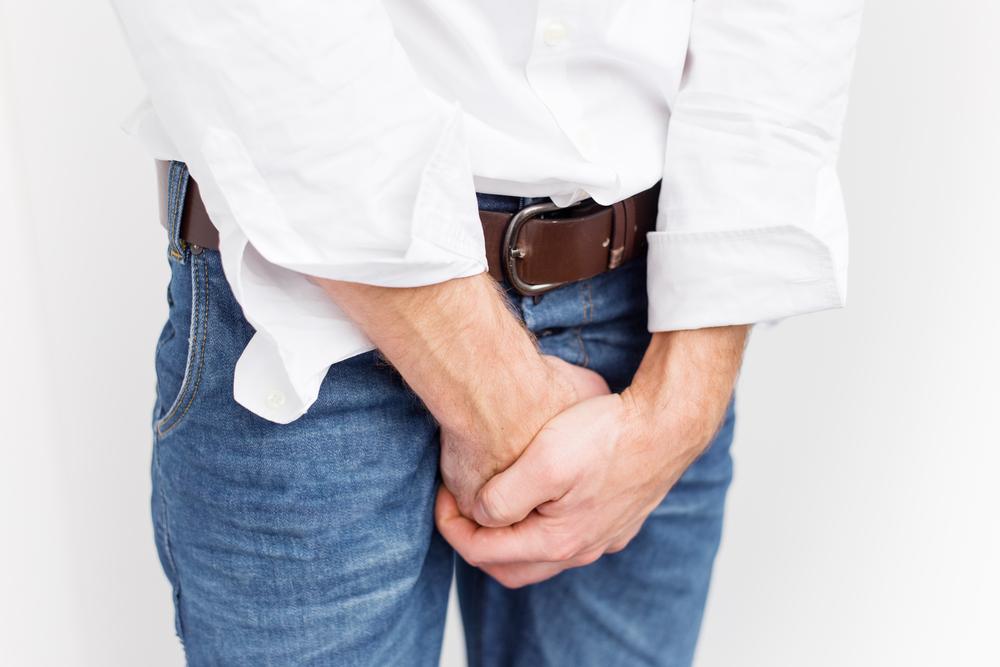Top Strategies for Managing Adult Urinary Incontinence
Adult urinary incontinence affects many, but is often manageable through behavioral techniques, pelvic exercises, and lifestyle adjustments. Treatments like bladder training, biofeedback, and incontinence products can significantly improve quality of life. Consulting a healthcare professional is essential for personalized care and effective management.

Top Strategies for Managing Adult Urinary Incontinence
Adult urinary incontinence is characterized by an inability to control bladder urges, leading to accidental leaks or the urgent need to urinate. While commonly associated with aging, it can also occur in people in their 20s and 30s. Women are more frequently affected, but men can experience this condition as well. The positive news is that incontinence is treatable and, in many cases, completely curable depending on the chosen therapy.
This article explores various current treatment options for adult urinary incontinence. The cause of incontinence—such as pregnancy, childbirth, nerve damage, or urinary tract blockages—determines appropriate therapies.
Here are some effective treatment methods:
Behavioral Strategies
Patients may work with their healthcare provider to strengthen bladder control. Initially, they might delay urination for about 10 minutes, gradually increasing to 2–3 hours. Maintaining a schedule for bathroom visits and avoiding triggers like caffeine, spicy foods, and alcohol can help manage symptoms.
Doctors may also recommend techniques such as waiting briefly after urinating to verify if the urge returns. Lifestyle adjustments, including fluid management and a balanced diet, are essential. Absorbent pads, incontinence underwear, and protective garments can assist with leakage control.
Additional treatments include medications and, in some cases, surgical intervention. Consulting a healthcare professional promptly is crucial to identify causes and determine the most suitable treatment plan.
Biofeedback and Pelvic Floor Exercises
Pelvic exercises, like Kegel exercises, strengthen pelvic muscles and improve bladder control. Typically performed 2–3 times daily, these involve tightening the muscles to stop urine flow, holding for up to 10 seconds, then releasing. If guidance is needed, biofeedback therapy can help train awareness and control of involuntary bladder functions.
Managing and Preventing Leaks
While prevention can be challenging, adopting a healthy lifestyle—such as proper hydration, regular bathroom habits, and a nutritious diet—can improve condition management. Incontinence products remain helpful for managing leaks effectively.
Note:
The information provided herein is for educational purposes and should not substitute professional medical advice. Always consult qualified healthcare providers for diagnosis and treatment of urinary incontinence.










